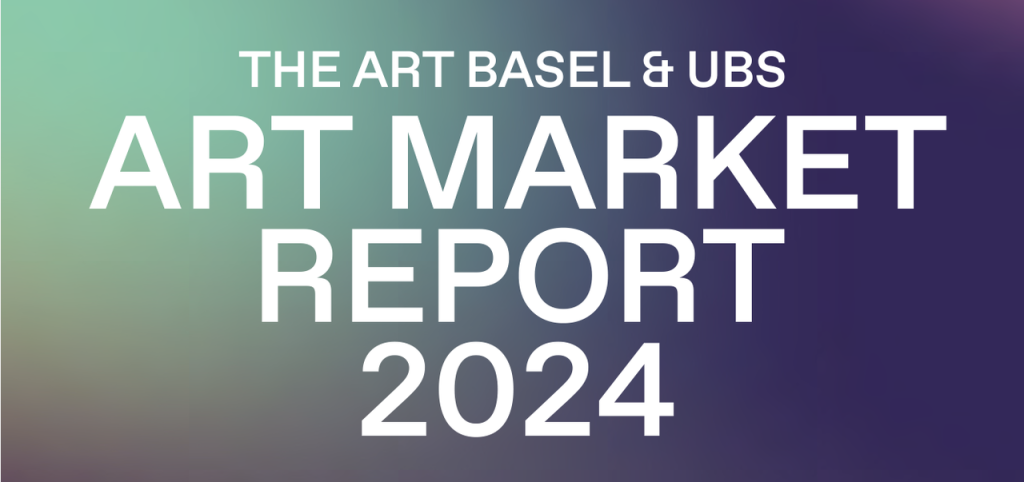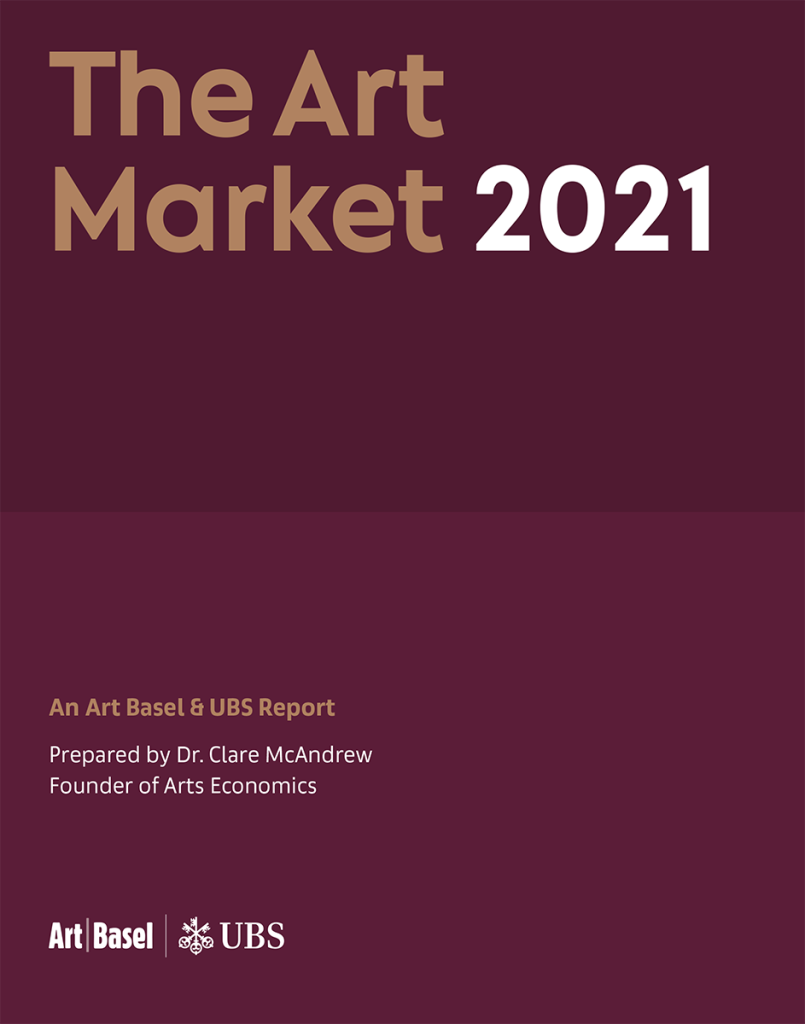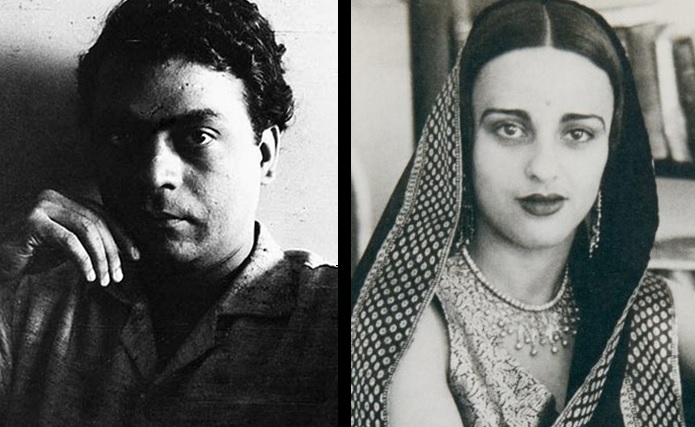After experiencing two years of expansion, sales in the art market decelerated in 2023. Factors such as rising interest rates, persistent inflation, geopolitical conflicts, and uncertainty in global politics contributed to a more discerning and cautious approach among high-end buyers. This segment had been crucial in driving sales recovery following the COVID-19 pandemic in 2021 and 2022. Although some of the largest markets showed varied performance, overall global sales declined by 4% compared to the previous year, estimated at approximately $65 billion, marking a more stabilised trend amid the challenges.
Global Art Market Shifts in 2023: US and UK Sales Stall, China Sees Upsurge
In 2023, there were significant shifts in key trends. Sales decelerated notably in the US and UK markets, which host some of the world’s highest-priced sales, thereby impeding overall growth. In contrast, China emerged as a standout with increased value, driven by the clearance of inventories from cancelled sales in the autumn 2022 auction season, attracting eager post-lockdown buyers in the first half of the year. Despite several multimillion-dollar sales worldwide, the high-end market showed subdued year-on-year growth in 2023, while lower-value sales demonstrated more positive performance across both auction and dealer sectors. Similar to 2022, differing regional and segmental performances tempered changes in sales figures, albeit with a reversal in direction compared to the previous year. Overall, although sales in 2023 dipped to a three-year low, market values remained 1% higher than pre-pandemic levels in 2019 ($64.4 billion).
Transaction Volume Surges Despite Market Value Decline
During the pandemic in 2020, both dealer and public auction sales saw double-digit declines, although private sales by auction houses rose by over 40%. In 2021, as the market recovered and the outlook became more positive, sales advanced across the board, but auction sales showed the strongest increase year-on-year, advancing by just over 50% versus an uplift of less than half that amount for dealers (18%). In 2022, political and economic trends such as the war in Ukraine, rapidly increasing inflation rates, China’s COVID-19 lockdowns, and looming recessions in other major markets started to weigh on sentiment, and buying became somewhat thinner and focused on the high end, with wealthy buyers anchoring on works by the most established artists who they perceived were lower risk and greater stores of value. This sufficed to keep sales relatively stable, with growth in the dealer and private sectors offset by stagnation at public auctions, where the $10 million-plus segment was the only part of the market with a positive trajectory.
In 2023, both public auction and dealer sales decreased, although the decline in auctions was more severe, falling by 7% versus a 3% drop in dealer sales
In 2023, both public auction and dealer sales decreased, although once again, the decline in auctions was more severe, falling by 7% (versus a 3% drop in dealer sales) and saved from a deeper contraction through the injection of postponed 2022 sales in China early in the year. Private sales at auction houses went against the declining trend, increasing by 2% year-on-year.
Combining all sales of auction houses (both private and public), the auction sector accounted for 45% of sales by value, stable compared to 2022, while dealers and galleries (including all online and offline retail sales of art and antiques in the primary and secondary markets) were at 55%. As always, the division between public and private sales varied widely between different regions and sectors.
What Makes Grandma Moses’ Folk Art and Paintings So Beloved and Timeless?







